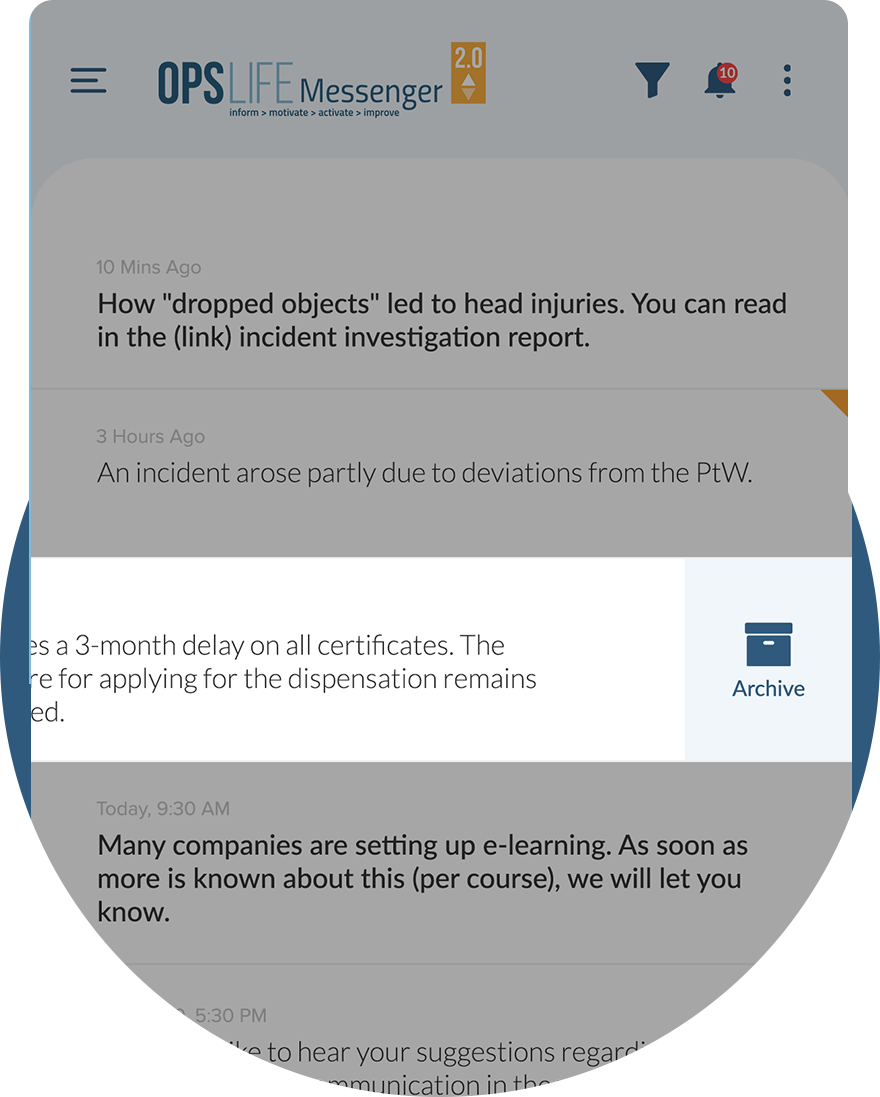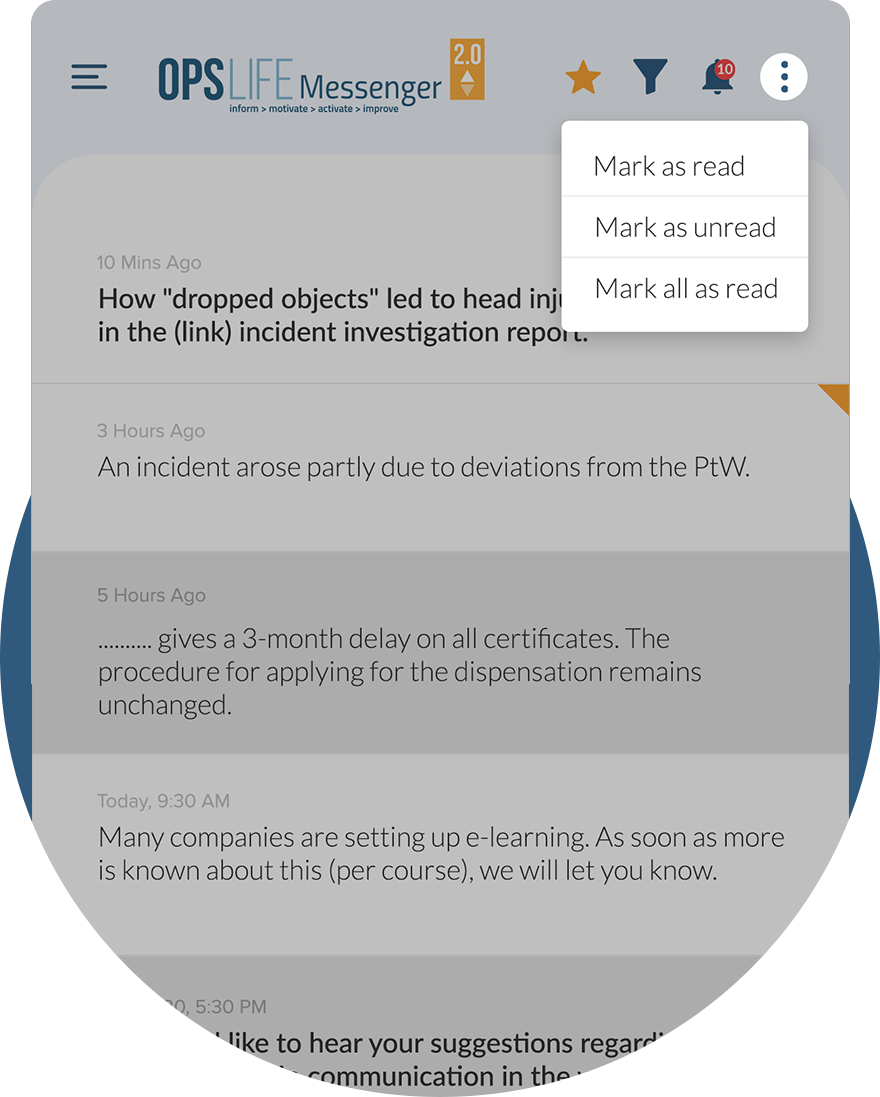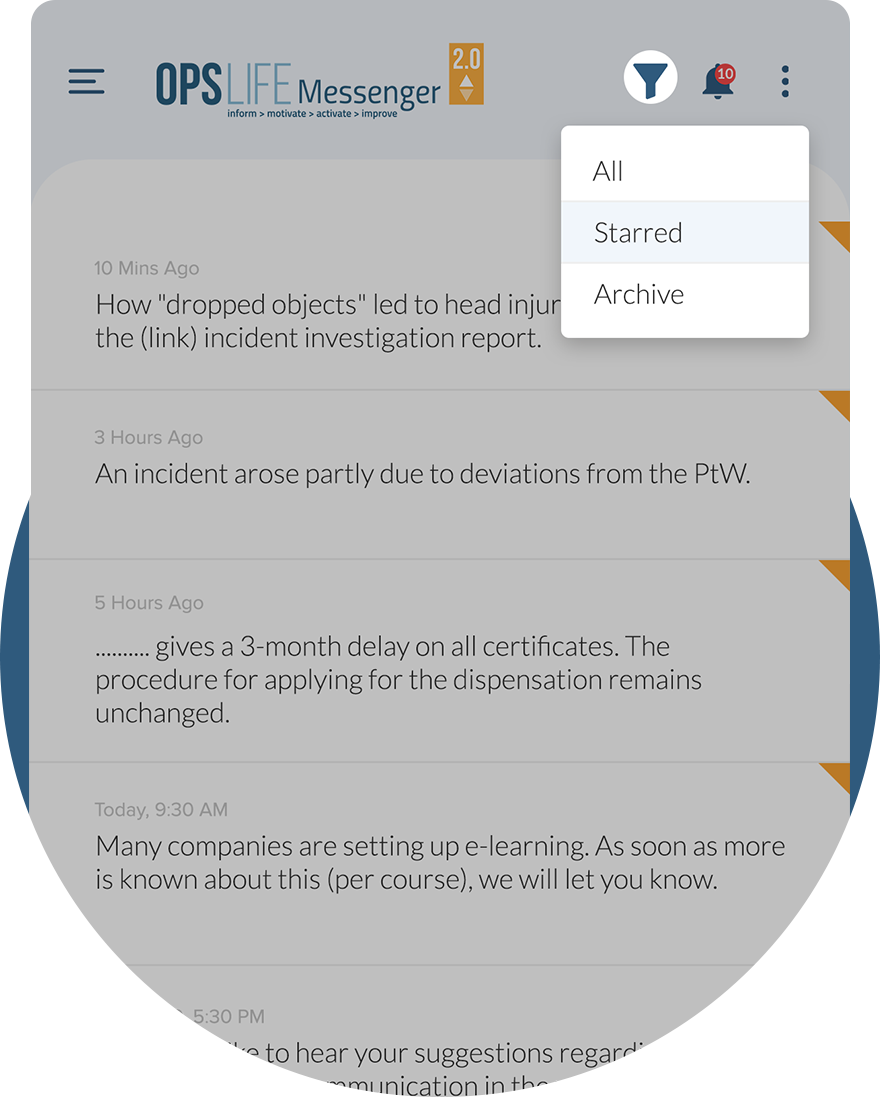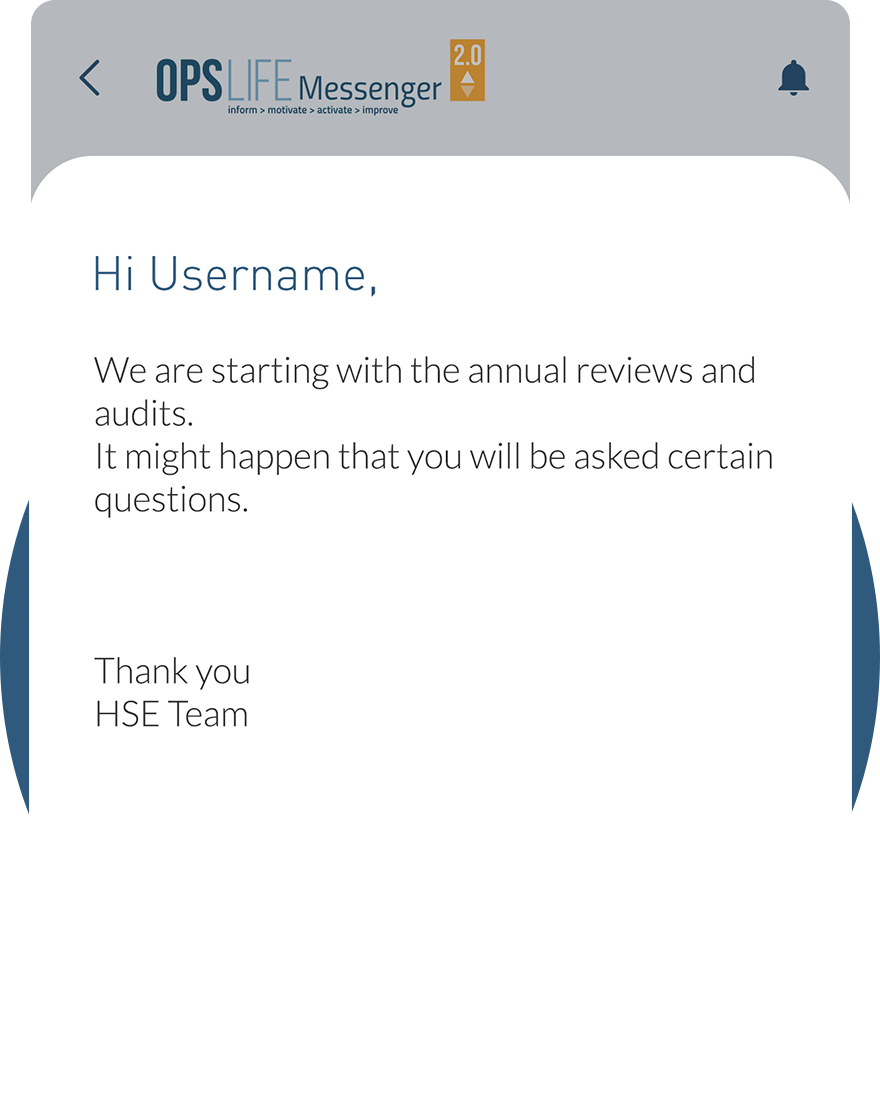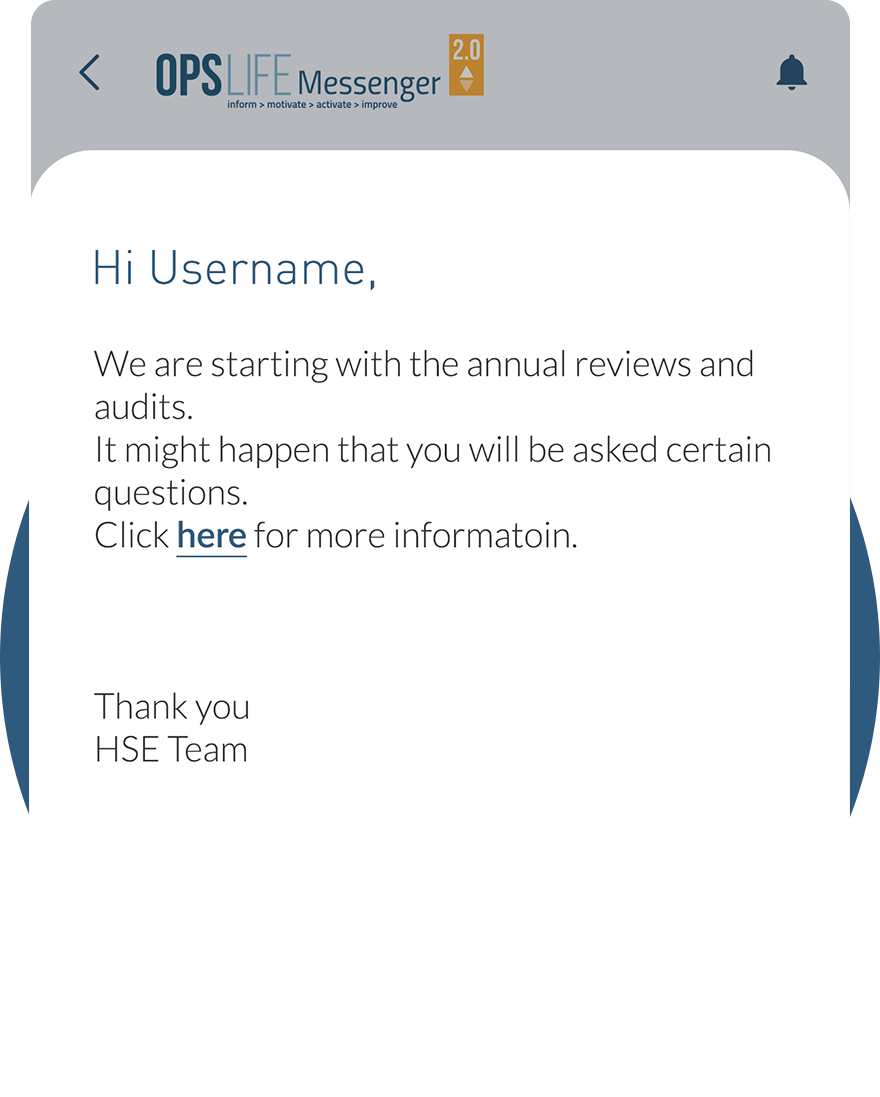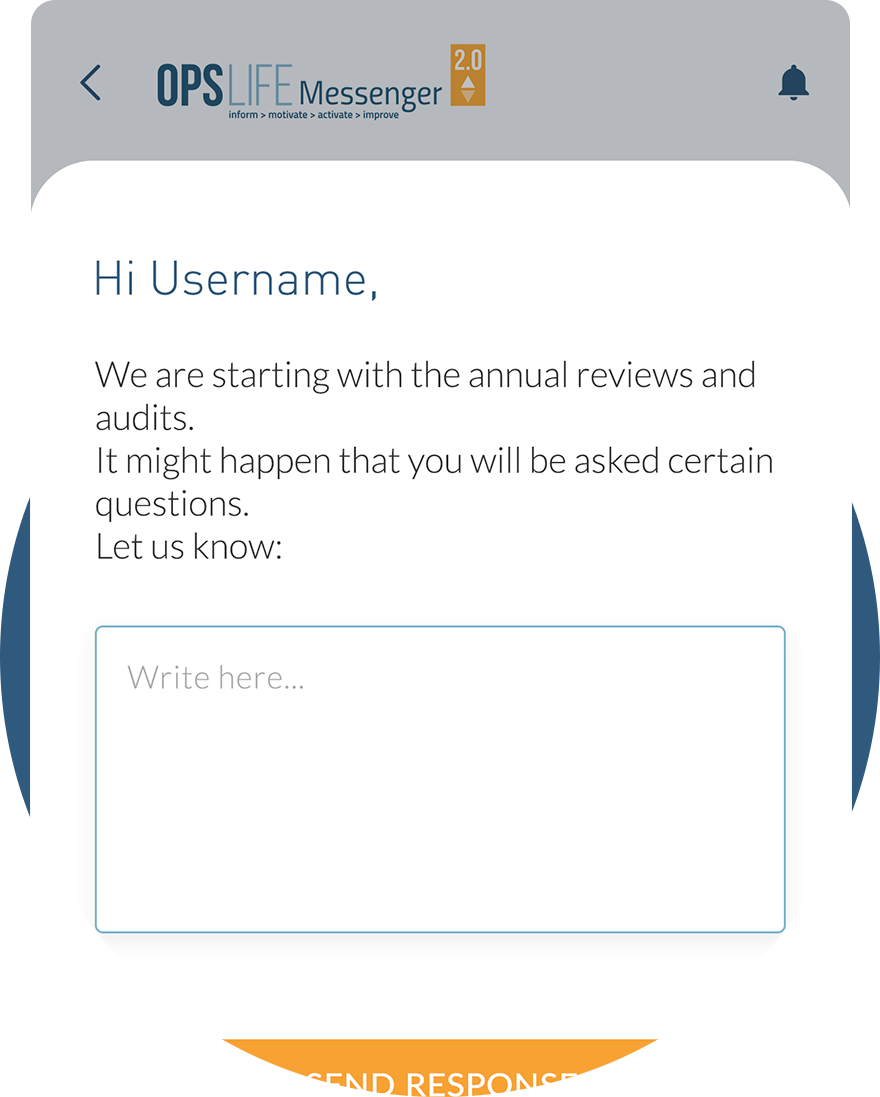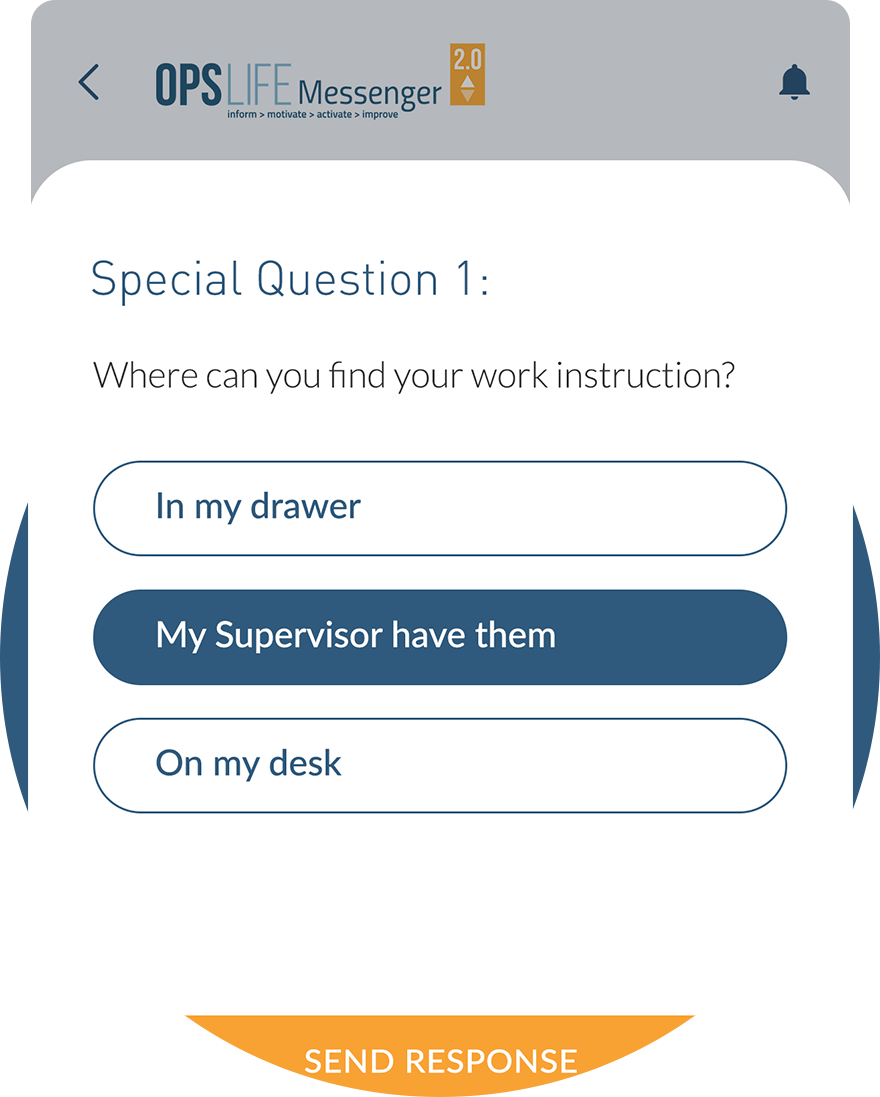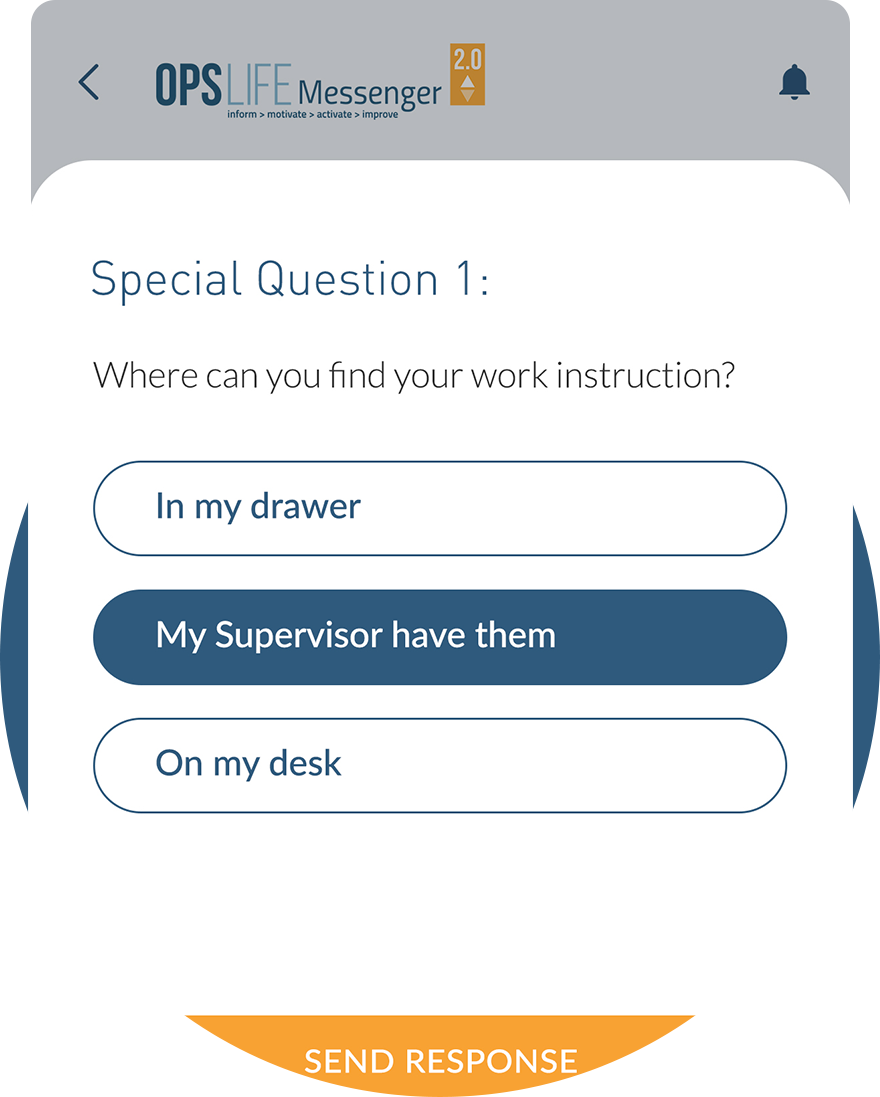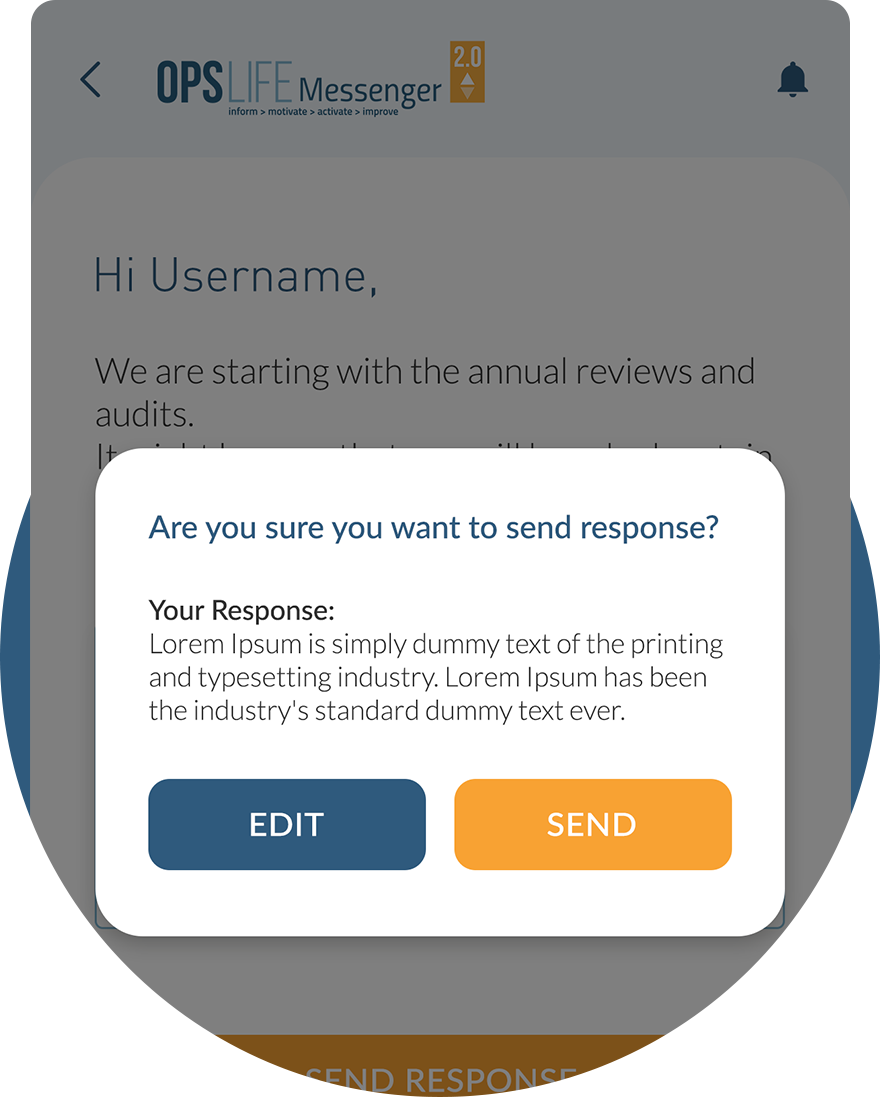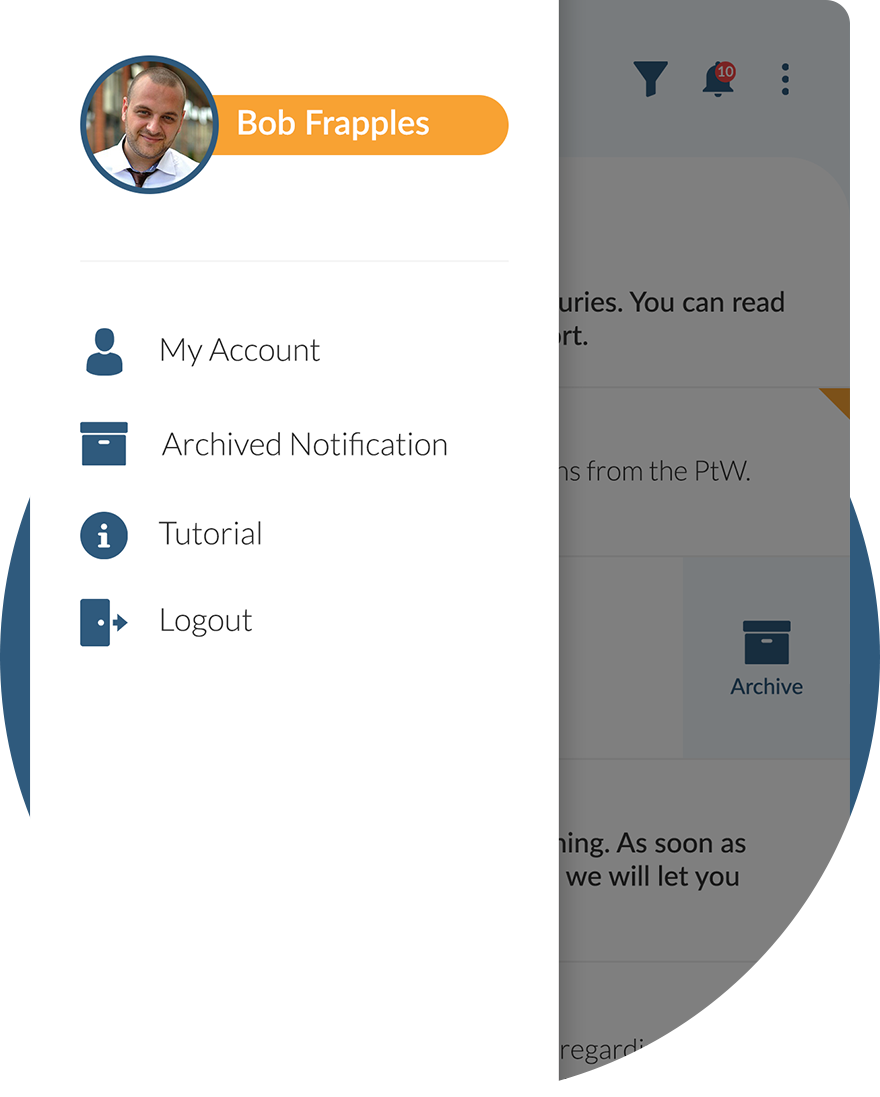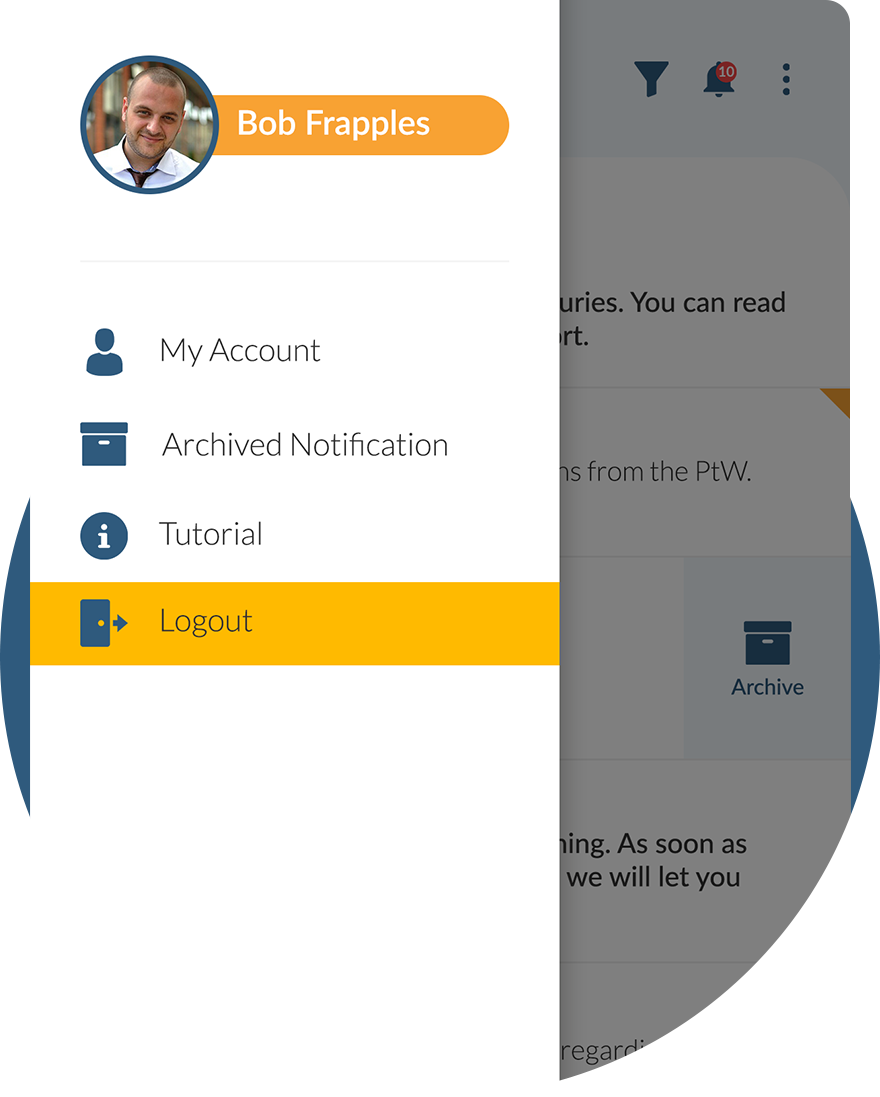Basic HSE information about Working in confined spaces and set of tools to be used at work
Working in confined spaces
- Workplace Information
- Toolbox Information
- Check Your Knowledge
- Action Focus Campaign
IMPORTANT INFORMATION
- Have confined spaces safeguarded according to your company’s guidelines.
- Prepare confined spaces in accordance with your company’s guidelines.
- Ensure there is a manhole observer on the spot.
- Do not leave anything behind in a confined space.
- Use the correct PPE and tools as your company has prescribed.
WHAT IS IT?
Confined spaces are relatively small places with poor maneuverability. They are substantially enclosed and particularly susceptible to extraordinary circumstances that may be,
or become, hazardous or life-threatening from hazardous substances or conditions within the space or nearby. Therefore you must be extra alert to the risks associated with these work places.
Some examples of confined spaces: tunnels, wells, manholes, pipes, cold storage, ship holds, subcellars, tanks, culverts, silos, vault, open ditch.
HAZARDS
Hazards that can occur in confined spaces include:
- fire and explosion (due to exceeding explosion limit)
- (potential) lack of oxygen resulting in suffocation
- intoxication from over-exposure to hazardous products
- electrocution (e.g. damp area, electrically conductive material)
- entrapment
- injuries (e.g. moving machine parts)
- slipping, falling, stumbling (due to damp, moss formation, obstacles)
- hearing damage from noise
PREVENTION
- safeguard the space according to your company’s guidelines; ensure that gas is measured and monitored; do not start working if the outcome of a measurement is above the safe working value (ask your company about this ); the gas measurement results will determine what appropriate action is required.
- prepare the area according to your company’s guidelines; remove any obstacles in the surrounding area to ensure the space is easily accessible for rescuers in case of an emergency.
- discuss the work beforehand and verify that the right procedures are used and that everyone involved is familiar with the task.
Make sure you have the right Personal Protection Equipment (PPE) and tools. Ask your company for further clarification.
PROTECTION
If you are working in a confined space, ensure there is a manhole observer on the spot who communicates and checks with you whilst also in communication with your HSE Manager.
Have a rescue team available comprising at least two people who carry independent respiratory protection equipment.
IN CASE OF...
When things go wrong, the workforce may be exposed to serious and immediate danger. Effective arrangements for raising the alarm and carrying out rescue operations in an emergency are essential. Contingency plans will depend on the nature of the confined space, the risks identified and consequently the likely nature of an emergency rescue. Emergency arrangements will depend on the risks. You should consider communications together with rescue and resuscitation equipment.
Start your daily work with safety!
Onscreen presentation is very useful to use during work preparation or toolbox meetings. It provides short and concrete information. Five questions and answers at the end of presentation can be used to make the meeting more interactive and to give conversation a boost.
Be always prepared for the work!
It is of utmost importance to be well prepared before you start the work.
By clicking on the button below you can check your knowledge about this HSEQ subject.
After completion of the knowledge check, your certificate will be visible in
MY ACCOUNT > My training.
